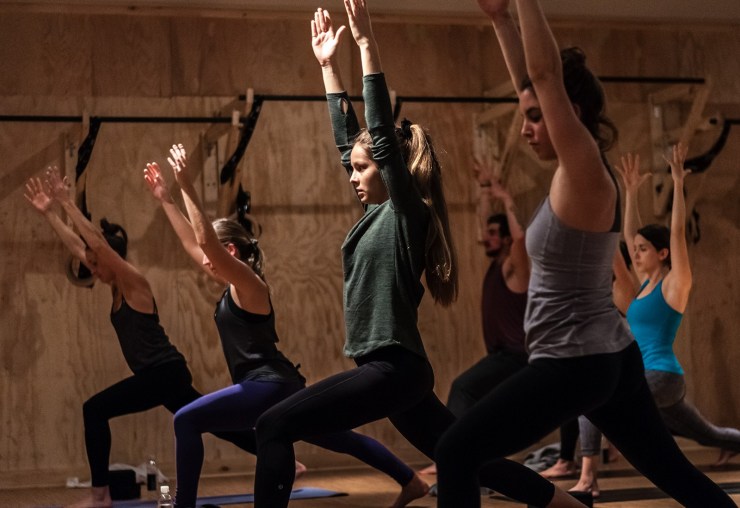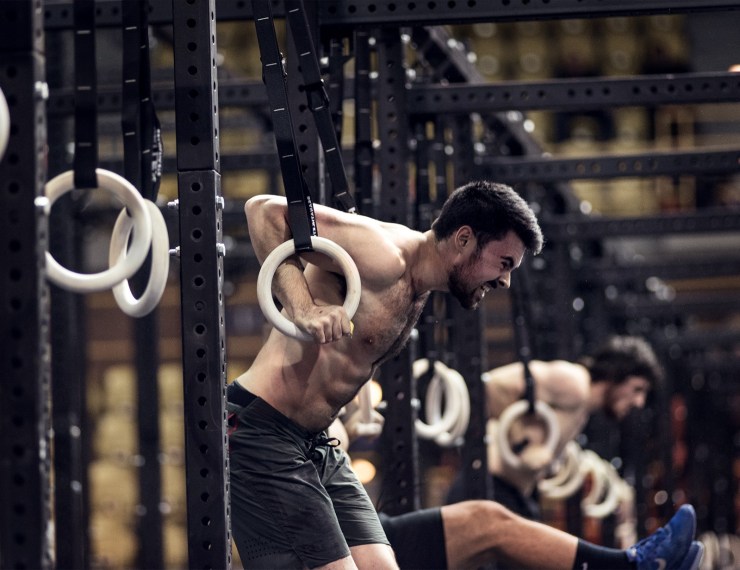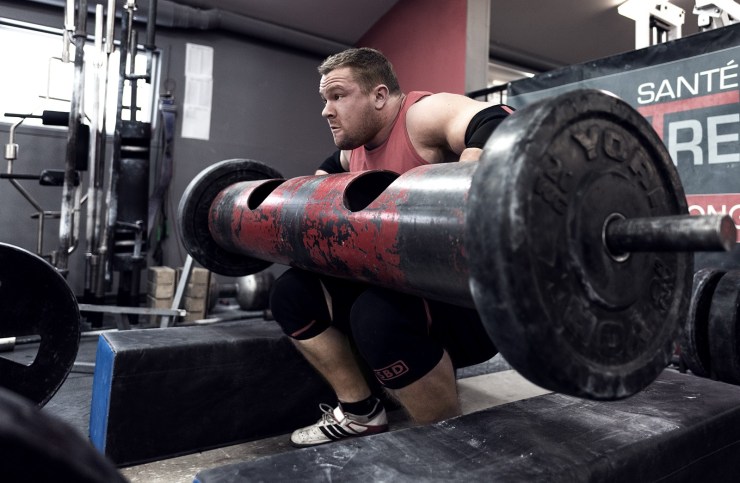Why would I choose to only use prime lenses while there are many other great options out there? This sounds like a legitimate question, doesn’t it? Here’s how I became obsessed with primes!
The one that started it all
While starting doing photography, I had no money … that’s the plain truth. The advantage? The gear I chose to buy had to be carefully picked as I couldn’t afford much. It had to correspond exactly to what I needed while being as affordable as possible. Sports photography required a fast shutter speed and I learned very quickly how fast lenses were needed. Fast meaning with the widest aperture available. While f/2.8 was good, f/1.8 was better.
By doing some research, I found out about a wildly popular, versatile and affordable lens a lot of photographers had in their kit. You got it. The nifty fifty: A 50mm f/1.8. And then $200 later — just like that — I’ve just got myself my very first of my prime lenses.
Prime #1: Nikkor 50mm f/1.8
This lens turned out to be the best investment I could make of my young career. For two years straight, I made 80% of all my sports shots with it and it’s been repaid a hundredfold. I actually did some pretty nice pictures with this lens — some of them are still in my favorites of all time to this day.

This pic has been taken at the beginning of my career in 2016 with an APS-C camera. I often had contracts in gyms and/or dark environments — like this yoga class. Conditions were challenging and I was grateful for having a wide aperture lens to help me.

In the summer of 2017, I bought my first full-frame DSLR camera. I paired it with my beloved (and only) 50mm prime. Although the lens and f/1.8 aperture were the same, the depth of field in my images was now more shallow, thanks to the full-frame sensor. I fell in love for the second time with this creamier bokeh.
Prime #2: Nikkor 180mm f/2.8

In the fall of 2017, I absolutely needed a telephoto. I still didn’t have the budget to afford a 24-70mm f/2.8. I did some new research and found the perfect match: A used Nikkor 180mm f/2.8. I now owned two prime lenses. I used it, along with my 50mm, for every single photoshoot for the following 18 months.
Prime #3: Nikkor 20mm f/1.8
I didn’t pick this one because it was the cheapest solution (that was a first). My budget was slowly beginning to expand as I was getting more contracts and I really needed a wide-angle. Once again, after research, I found out the 20mm was being the best pick for me. I still bought it used, which lowered the price by a couple hundred bucks.

At this point, I became used to work with these three prime lenses. My eye was used to the focal lengths. I knew exactly where to stand even before looking in my viewfinder to get the composition I wanted. The “lack” of zoom was not a problem because I’ve never really used it. It wasn’t even thinking that something was missing. I’d naturally walk to or from my subject to “zoom with my feet.” That’s how my passion for primes started and that’s how I’ve built my career for the first three years.
I’ve never felt the need for more lenses (or other primes). Until one day in early 2019 …
I switched to mirrorless
By that time of my career, primes had a hold on me. That’s all I wanted to work with! When I’ve decided to make the switch to mirrorless (and camera brand), it was crystal clear to me: I’d buy only primes.
Same story … different brand!
I completely changed the camera company so, in order to get the best performance, I bought three new native prime lenses. My wide-angle (20mm) became 28mm. My normal lens (50mm) became 55mm. My telephoto (180mm) became 135mm.
A more traditional combo
A lot of sports photographers like to use three lenses as well based on the wide-angle + normal + telephoto approach. Most of them choose to go with professional zooms: 16-35mm, 24-70mm and 70-200mm. It’s a very versatile choice that offers a wide aperture solution (f/2.8). They can basically cover every single focal length between 16mm to 200mm in a lowlight situation without having to move.
So why do I only use prime lenses?
Most primes are smaller and lighter than their zoom counterparts. That’s a detail to consider when you are covering 12 hourlong events. Wide apertures (f/1.8) and very shallow depth of field are also very addicting to me. Throughout the years, the unique look and exceptional image quality of prime lenses have become part of my photographic style. Last but not least, f/1.8 is almost a stop faster than f/2.8 which helps tremendously when photographing indoors — as I often do.
What started as a disadvantage (my lack of money) became, in reality, an opportunity to develop my very own style. Sometimes, what seems like a challenge becomes our most beautiful gift once we grow our way through it. That forced me to be different and … I’m loving it!
Tell your story with the second annual Visual Storytelling Conference!
Experience four days of interactive, online training sessions featuring a range of educational content with experienced photographers and content creators. This free event kicks off with a series of technical boot camps to build essential skills, followed by live, online sessions on photography, video, business and social media. Join live from March 10-13, 2022!
